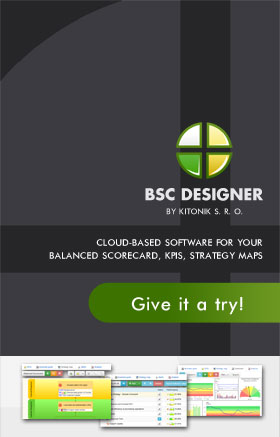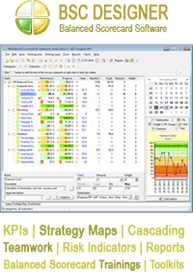Break-even Business Analysis
Break-even analysis is utilized to estimate the break-even point at which the revenues equal the costs or expenses. This analysis is used in business, where the cost accounting methods predominantly use this analysis to measure the financial viability of a business and to devise strategies to achieve the break-even point as early as possible. Further, even in macro-economics, huge projects are subjected to this break-even analysis to decide whether they should be implemented or not and if so, on what basis. At the break-even point, the accumulated losses are wiped off but the gains are yet to begin. The opportunity costs had been paid off and the capital had received its expected, risk-adjusted return, but there is neither profit nor loss at this point.
Normally, the break-even analysis is based on three major assumptions, 1) average sales price of each unit, 2) average cost per unit, and 3) monthly fixed costs. However, for the break-even analysis to be effective and correct, the sales prices should include discounts and other special offers also. Similarly, the monthly fixed costs should also take into consideration the regular running fixed costs like payroll expenses and other normal monthly operating expenses also. If this recommended approach is used, break-even analysis will be highly useful and effective.
Review of this method in Business Analysis Toolkit
The detailed review of this business analysis method is a part of Business Analysis Toolkit. In this review you will learn:
- What problems are solved by this method and how?
- How to use the method step-by-step
- Pros and cons for this method
- Best practices for the method
- Practices to avoid
- Summary about the method


